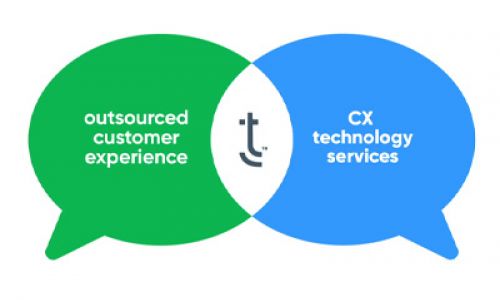First, it is important to recognize that mobile apps are not the only way customers interact with businesses. They also interact with companies over social media, IVR, in-car telemetry, and web-based applications, just to name a few channels. A closed-loop experience includes all of this information to understand and create holistic customer journeys.
Customers expect businesses to anticipate their needs regardless of how they choose to communicate. They don’t want to repeat themselves after having answered the same questions at the first interaction point. Companies must collect data holistically, in and out of mobile, to create a comprehensive view of the customer, even if they move around channels.
However, there are a number of obstacles that make it difficult for companies to collect data holistically. Cookies and other data collection tools used on PCs have limited functionality on mobile. And in most companies, separate teams typically write separate applications and processes for different customer-related tasks. These disparate development efforts are not always synchronized to capture relevant journey footprints. Aggregating customer experience data in real time as well as connecting segmented journeys across applications and devices are also challenging. You can mitigate some of these challenges by adopting an across-the-board approach to data gathering, so no matter which customer touch point is used, you stream data to a centralized repository.
With internal resources aligned, the next step is to understand the customer point of view. What do users actually want to do in the mobile channel? Focus efforts on the areas that will engage the most users. Take advantage of the real-time, on-the-go nature of the mobile channel to create frictionless experiences that defy convention.
WeChat, for example, is a Chinese mobile messaging app that also allows users in China to pay for a concert ticket, split a dinner tab with friends, or pay a utility bill—all within its platform. Facebook Messenger Bots can process payment information within a brand’s Facebook page. And Google Allo, a messaging app, includes the A.I.-powered Google Assistant, which can make recommendations based on the user’s conversations. Typing “let’s go to a sushi restaurant,” for instance will trigger a list of nearby sushi restaurants.
A true closed-loop experience, though, would include all aspects of the experience. For instance, in addition to purchasing concert tickets on an app, the user should also receive updates about the concert, notes from the artist, parking information, rules and regulations of the venue, weather alerts about the event, a real-time feedback channel during the performance, feedback surveys after the event is over, and offers for future engagements (fans who saw X also liked Y so we thought you might enjoy these events as well).
And while there isn’t a simple solution, answering these questions will help companies move forward in creating even better customer experiences:
- Do an end-to-end assessment of the existing customer experience for the app in question. Does the app skirt around existing problems with siloed departments? Does the app address all the things a customer might want to do or is the space cluttered with unnecessary features?
- What is the company’s vision for a closed-loop app? How comprehensive should the experience be?
- How many separate teams are working on iOS vs Android vs web vs IVR vs CTI, etc.? How will the activities be coordinated?
- What is the overall architecture for gathering customer journey forensics from each customer touch point (aka app, web, etc.)?
- What impact will journey management have on the existing database model (mix of OLTP and non-structured data)?
- How will the company coordinate channels that may be managed by a variety of vendors (i.e. chat vendor vs voice vs email, etc.)
It’s unquestionable that consumers spend significant amounts of time using their mobile devices, but it’s a mistake to only focus on mobile environments. Keeping up with customer expectations requires finding ways to connect the customer journey across multiple touch points to create a truly frictionless experience.
Like this post? Subscribe to our customer experience blog.
Also, check out the most recent issue of our monthly customer experience eNewsletter, Dialogue.







